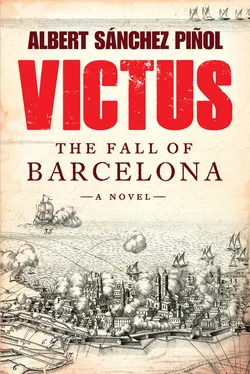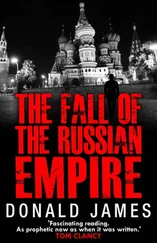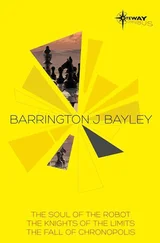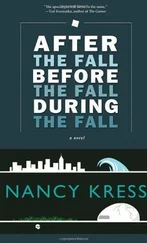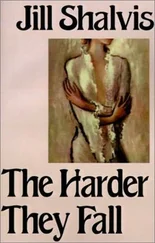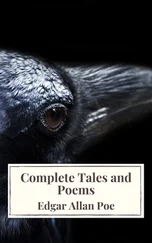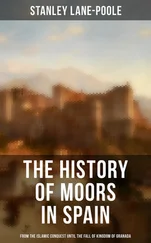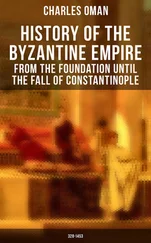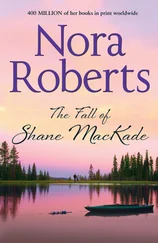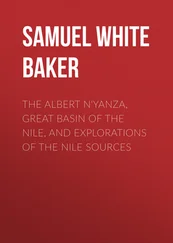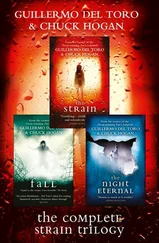VAN COEHOORN, MENO:Dutch military engineer who developed theories of siege warfare completely opposed to the Vaubanian model. Coehoorn was a contemporary of Vauban’s, and they even confronted each other directly in the siege of Namur. Vaubanian, who had been leading the besieging army, received the surrender directly from Coehoorn himself.
VAN VERBOOM, JORIS PROSPERUS:Military engineer of Dutch origin who served the Spanish Bourbons. In 1710 he was wounded in battle and captured by the pro-Austrian troops. He spent two years as a prisoner in Barcelona, where he studied the city’s defenses. In 1714 he was indeed the man appointed to design the attack trench that would take the city by storm. Subsequently, he built the Citadel in the interior of the city, as a means to subdue the citizens.
VAUBAN, CHARLOTTE:Elder daughter of Sébastien Vauban.
VAUBAN, JEANNE:Younger daughter of Sébastien Vauban. Married a member of the French nobility who, shortly after the wedding, went mad in his search for the philosopher’s stone, although some years later, surprisingly, recovered his wits.
VAUBAN, SÉBASTIEN LE PRESTE:French engineer, marquis, and marshal known for his innovations in the art of fortification and siege warfare including the development of new methods of siege and attack.
VENDÔME:French marshal sent to Spain by Louis XIV to provide military aid to his grandson, Philip. In 1710 he took part in the battles of Brihuega and Villaviciosa, whose results were inconclusive. He died in 1712, in Vinaroz, of indigestion from eating prawns.
VILLARROEL, ANTONIO DE:Spanish soldier who, at the start of the war, served in the Bourbon army. In 1708 he played a notable part in the attack on the strategically important city of Tortosa. In 1710, however, he switched sides and joined the pro-Austrian army at a general’s rank. Villarroel’s cavalry was decisive in the Battle of Villaviciosa for avoiding defeat. In 1713 he was appointed the commander of Barcelona by the Catalan government. A few days before the attack in 1714, he resigned from his post, believing that resisting to the end would be tantamount to a massacre. Despite this, rather than setting sail, he decided at the last moment to remain in the city. During the fighting of September 11, he was gravely injured, and soon afterward, though this went against terms of the capitulation, he was arrested and imprisoned. He was made to suffer terribly in prison and was not freed until shortly before his death.
VON STARHEMBERG, GUIDO RUDIGER:Austrian soldier sent to Spain by the emperor to help his son Charles, who was pretender to the Spanish throne. Starhemberg was a more than competent soldier, though unable to achieve any genuinely decisive victories for the Austrian forces. In 1713 he was Charles III’s viceroy in Catalonia. Following the Treaty of Evacuation, which forced the evacuation of all Allied troops still on Spanish soil, he attempted to bring about the handing over of Barcelona to the Bourbon forces but, faced with strong popular opposition, decided to set sail with his troops and leave the Barcelonans to their fate.
WALTRAUD:Fictional character.
DE ZÚÑIGA, DIEGO:Fictional character.
ZUVIRÍA, MARTÍ:Aide-de-camp to General de Villarroel. In his Narraciones históricas , Castellví refers to Zuviría as fulfilling roles as diverse as translator from the French, adjutant to General Villarroel, and taking part in missions outside Barcelona during the siege. It is known that he managed to escape to Vienna, where he shows up on the list of expatriate pro-Austrians.
ALBERT SÁNCHEZ PIÑOLis a best-selling international author. His books have been translated into thirty-seven languages worldwide. An anthropologist by training and a writer by profession, his works are well-researched and historically illuminating. Victus is his third novel translated into English.
Discover great authors, exclusive offers, and more at hc.com.
Daniel Hahn is a writer, editor, and translator with some forty books to his name. His translations include fiction from Europe, Africa, and the Americas, and nonfiction by writers ranging from Portuguese Nobel laureate José Saramago to Brazilian footballer Pelé.
Thomas Bunstead was a British Centre for Literary Translation mentee in 2011–12, working with Margaret Jull Costa, and has since translated and co-translated several novels from the Spanish, including work by Eduardo Halfon, Yuri Herrera, and Enrique Vila-Matas. His translation of Aixa de la Cruz’s “True Milk” was selected for Dalkey Archive’s Best of European Fiction 2015.
